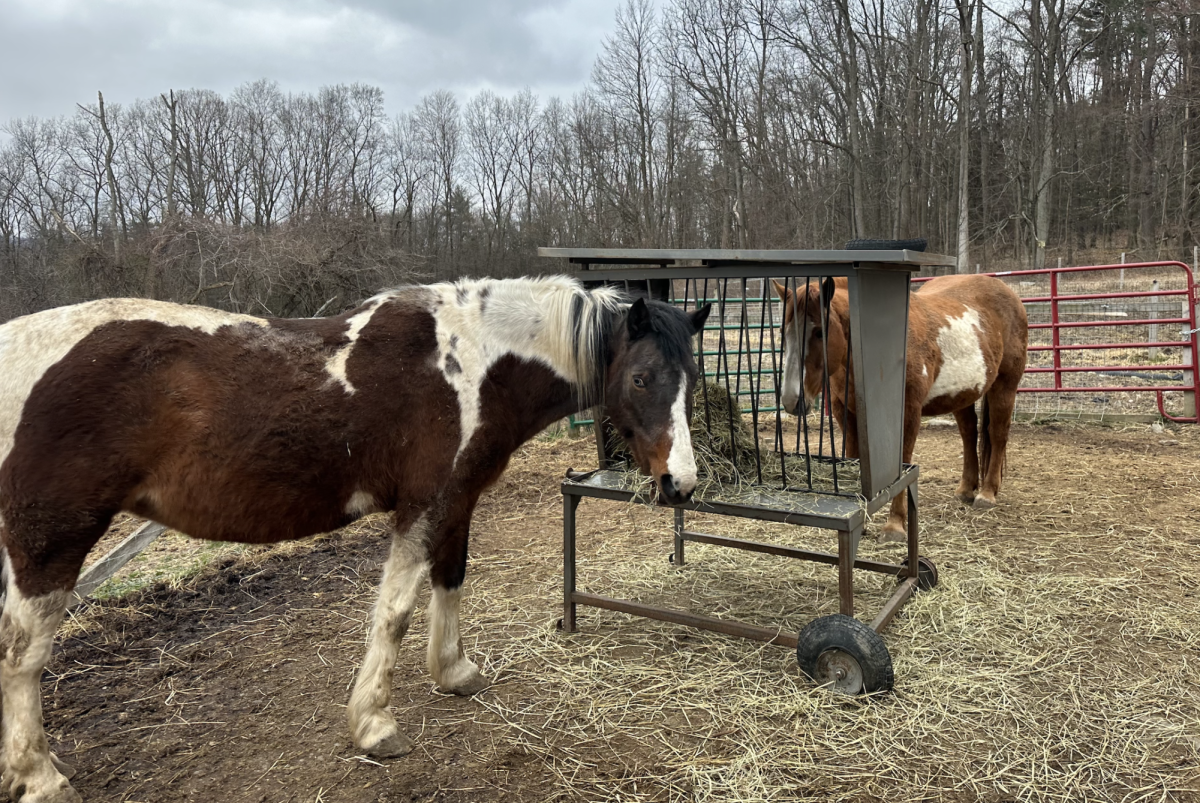
Food insecurity is on the rise in Tompkins County. Food pantries and distribution centers are seeing an uptick in individuals and families seeking resources. Tompkins County has a vast system of food pantries and food distribution networks that give individuals in the community access to food.
According to the United States Department of Agriculture, food insecurity is defined as the lack of access to enough food for an active, healthy life. Food assistance programs have been shown to reduce food insecurity.
Unpacking the Root Causes of Food Insecurity
As the shadow of food insecurity looms over communities, Sayre Paradiso, the co-chair of the Tompkins County Food Distribution Network and manager of the Panther Pantry at Tompkins County Community College, highlights the intensities and challenges of food insecurity.
“Food insecurity is like this really pervasive monster throughout this entire country,” Paradiso said. “People can have food and still be food insecure.”
According to Paradiso, food insecurity is not an issue that has resulted from the COVID-19 pandemic. It has been built by a multitude of forces and has been prevalent for many years. It is not a poverty issue; it is a societal issue.
“If you want to talk about food insecurity, you have to talk about wages,” Paradiso said. “If you want to talk about food insecurity, you have to talk about housing.”

Battling Stigma
Paradiso said there is a stigma around food pantries and individuals seeking help. The difficult battle to break this long-lasting fight is one of the community’s most significant barriers.
“There are children going hungry when they’re not at school, not because their parents don’t love them, but because their parents don’t have access,” Paradiso said. “Their parents don’t have access because they have been made to feel less than when they ask for help.”
In a region with abundant agricultural resources yet grappling with food insecurity, Meeghan Sheehan Rosen, the coordinator of the Friendship Donations Network, shed light on the complexities of the situation. She pointed to the underlying systems that continue to fuel food insecurity despite the availability of food.
“We need nutritious food to survive, and we live in this incredible place where farmers are growing so much food it’s not an issue of shortage or scarcity,” Sheehan Rosen said. “The food is there, and there are many other systems in place that are contributing to the problem.”

Building Collaborative Solutions
Paradiso explained that many food pantries have figured out how to get food from farmers, but it isn’t a simple task. There needs to be a system in place where everyone works together.
According to Glenda Abbey, program compliance leader for Tompkins Community Action Food Pantry, the pantry has recently seen an influx of new people. In the last three-month period, the pantry has seen 158 new households come in compared to 42 in the last three-month period. Tompkins Community Action Food Pantry is one of many pantries in the county noticing this trend.
“We’re seeing an influx of new people coming, I’m pretty sure, because of the food prices,” Abbey said. “And some of it is probably the food scarcity that you see in the grocery stores.”
In the pursuit of combating food insecurity, Paradiso highlighted the core producer of food insecurity: the system that is currently in place. True progress in addressing food insecurity begins with reforming systematic issues that extend far beyond the food supply itself.
“Nothing will get better without changing the system that doesn’t pay us a living wage, makes rent really high,” Paradiso said. “That’s really where it starts.”
https://youtu.be/iewKZBlybjE?si=QUQ9mvvLmJP07gB4











